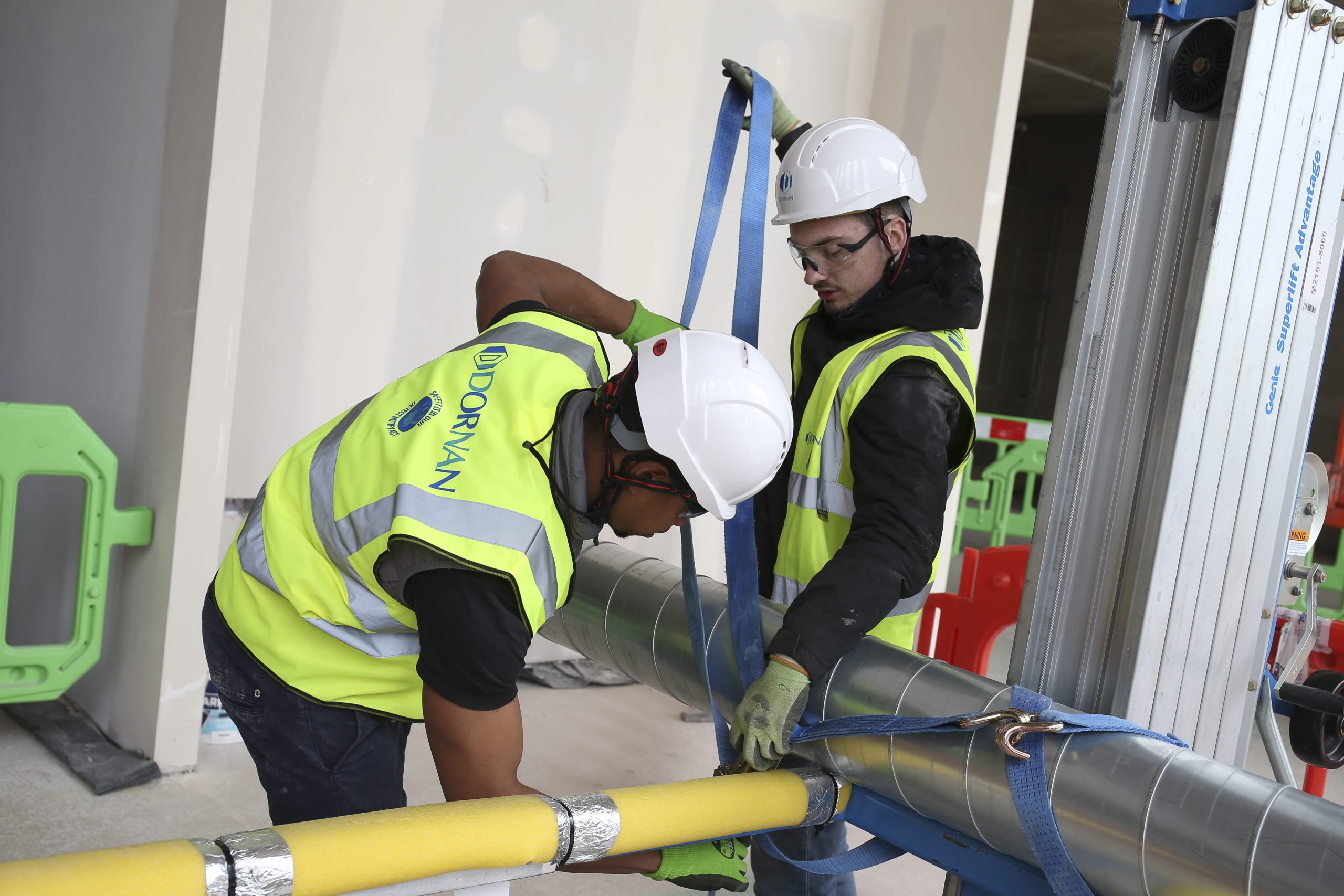How Do Radio Communications Work?
Radio communication is a fundamental technology that enables wireless transmission of information across distances, playing a vital role in industries such as construction, security, healthcare, and event management. Whether it’s a simple two-way radio or a complex network of repeaters and base stations, understanding how radio communications work can help businesses optimise their operations.

In this article, we’ll break down the key principles of radio communication, the technology behind it, and how different radio systems function in various industries.
The Basics of Radio Communication
At its core, radio communication is the process of transmitting and receiving information using radio waves. These waves are a type of electromagnetic radiation that travels at the speed of light. The fundamental components of any radio communication system include:
- Transmitter: Converts voice or data into an electrical signal and modulates it onto a radio wave for transmission.
- Antenna: Sends out and receives radio waves.
- Receiver: Captures the transmitted signal and converts it back into sound or data.
How Radio Waves Carry Information
Radio waves operate at different frequencies, measured in Hertz (Hz). The frequency range used for communication is divided into bands, such as:
- Very High Frequency (VHF) (30MHz – 300MHz): Ideal for long-range outdoor communication, often used in construction and event management.
- Ultra High Frequency (UHF) (300MHz – 3GHz): Works well indoors due to better penetration through obstacles, commonly used in retail, healthcare, and security.
Chat-Com can provide both UHF and VHF systems depending on requirements.
Types of Radio Communication Systems
Different industries use various types of radio communication systems, depending on their specific needs.
- Two-Way Radios (Walkie-Talkies)
Two-way radios allow instant push-to-talk (PTT) communication without the need for mobile networks. They are widely used in construction, security, and events where reliable communication is essential.
- Analogue Radios: Basic and cost-effective, suitable for simple voice communication.
- Digital Radios: Offer clearer audio, longer battery life, and advanced features like encryption and GPS tracking.
- Repeater Systems
For businesses requiring extended range, repeaters help boost signals by receiving and retransmitting them at a higher power. This is essential in large sites such as hospitals, warehouses, and multi-storey buildings.
- Trunked Radio Systems
In environments with high communication traffic, such as emergency services and transport networks, trunked radio systems dynamically assign channels to users, ensuring efficient bandwidth use.
The Role of Licensing in Radio Communication
In the UK, business radio users often require an Ofcom licence to operate on specific frequencies, ensuring interference-free communication. Licence-free/ walkie talkie radios are available for short-range use but may experience congestion in busy areas.
The Future of Radio Communications
Advancements in radio technology continue to improve efficiency and reliability. Digital Mobile Radio (DMR), Push-to-Talk over Cellular (PoC), and integration with 3rd party management systems (fire control panels, alarms etc.) are shaping the future of radio communications, offering enhanced functionality for modern businesses.
Understanding how radio communications work helps businesses choose the right system for their needs. Whether using two-way radios, repeater networks, or digital solutions, effective radio communication ensures seamless coordination, improved safety, and increased productivity.
Need help finding the best radio communication solution for your business? Chat-Com offers bespoke solutions tailored to your industry. Get in touch today.




